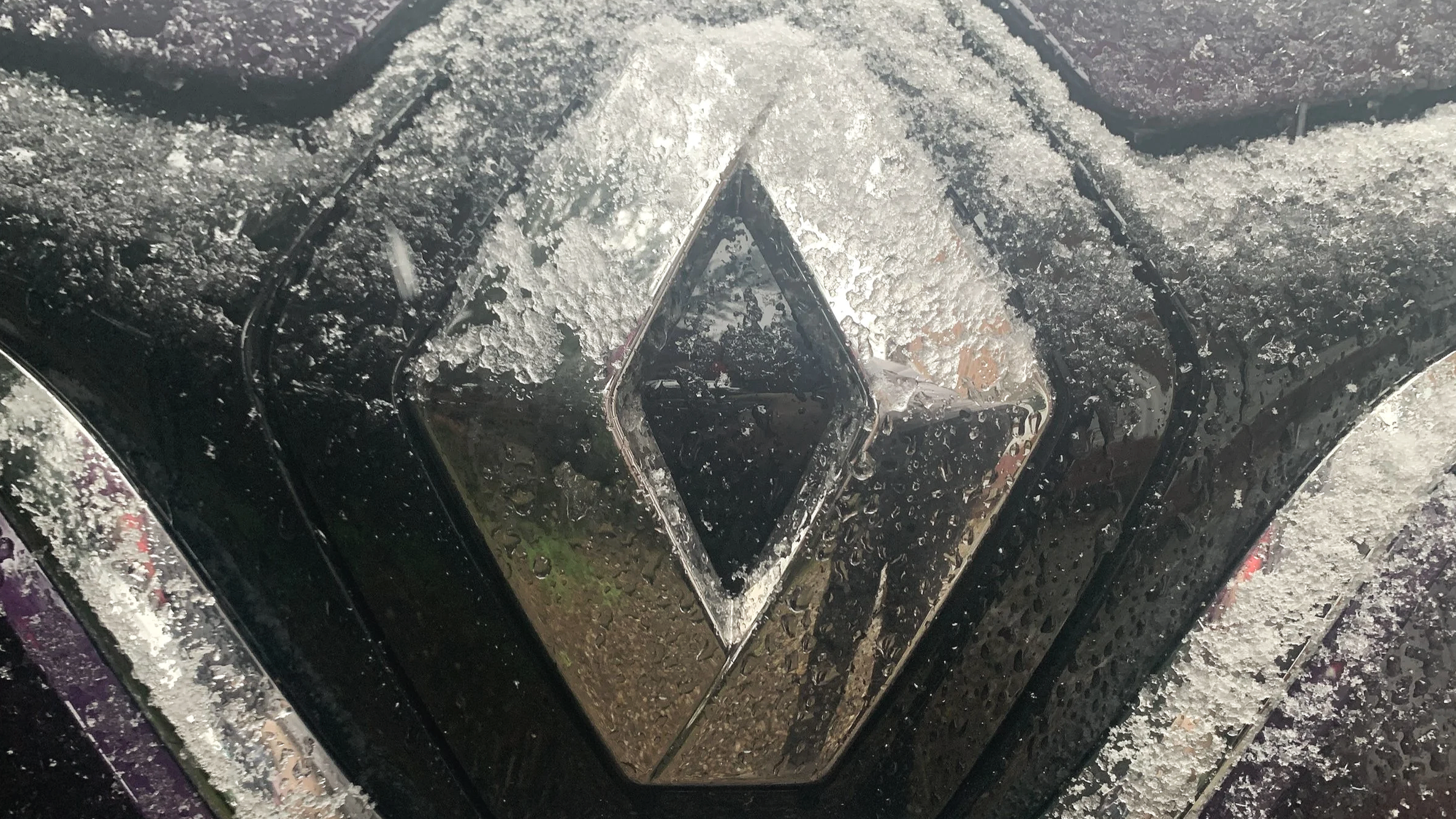Is it safe to charge an EV in the rain and snow?
We've been taught time and time again that electricity and water don't mix, so it's perfectly reasonable to ask: Can I charge my EV in the snow and the rain?
It’s actually a really simple answer: yes, you can.
Prefer to watch instead of read? Here's my video explaining everything you need to know about charging in the rain and snow.
This article is part of my EV FAQ series, where I answer common questions about electric cars.
Can you charge an EV in the rain?
Yes, you can charge your car while it's raining. The charging cable, battery, charging unit, and anything related are all completely insulated against water. This goes for charging both at home and when out and about. These electrical parts have been engineered to withstand typical weather conditions. So you can plug in when it's raining or snowing.
People also ask:
Is it safe to charge an EV in the snow?
Yes, just like charging in the rain, your vehicle, charger, and all the electrical bits have been insulated against poor weather. If you're at home, there's no need to unplug your EV when it starts to snow. If you're out and about, you might want a charger that has a canopy for your own comfort, but it's still safe to plug in.
Just bear in mind that you may charge at a slower speed as the charger and the car need to use some energy to stay at optimum operating temperature.
Can I charge my EV outside?
Absolutely. Most chargers are located outside for convenience. Plenty of people charge their EVs at home, and most public chargers are also outside. If you're concerned about the weather, a charger in a covered car park might be preferable, but charging an EV outside is absolutely fine.
What protections do EV chargers have against rain and snow?
EV chargers are designed to work safely in all kinds of weather, including heavy rain and snow. Both home wall boxes and public charge points are built with protective casings that meet IP (ingress protection) ratings, meaning they’re sealed against water and dust. The connectors and cables are also insulated to prevent moisture from getting into the electrical parts.
Most modern chargers include:
Weatherproof casings – Preventing water or snow from reaching the electronics.
Sealed connectors – Designed to only carry current once properly latched into the car.
Automatic shut-off – Charging stops instantly if a fault or water ingress is detected.
Temperature tolerance – Chargers are tested to operate in extreme hot and cold conditions.
This means you can safely plug in and charge your EV outside, even during wet or snowy weather, without risking damage to the car, charger, or yourself.
Tips for charging in the rain and snow
Always use approved EV charging cables and connectors.
Make sure the plug clicks fully into place before leaving your car.
Avoid using extension leads or makeshift charging solutions outdoors.
Keep the charging port clear of ice, snow, or debris before plugging in.
Don’t cover the charger or cable with bags, tape, or makeshift covers — it can trap moisture.
If charging at home, clear snow or puddles from around your charger for easier, safer access.
Follow the manufacturer’s instructions for your car and charger.
If you notice damage to a cable or connector, don’t use it until it’s repaired or replaced.
If you're about to get an EV, there's no need to worry about inclement weather. Charging an electric car in the rain and snow is part of ownership, and while not ideal, it is safe.
If you have more questions about electric cars, you can find the full EV FAQ series on YouTube here.
